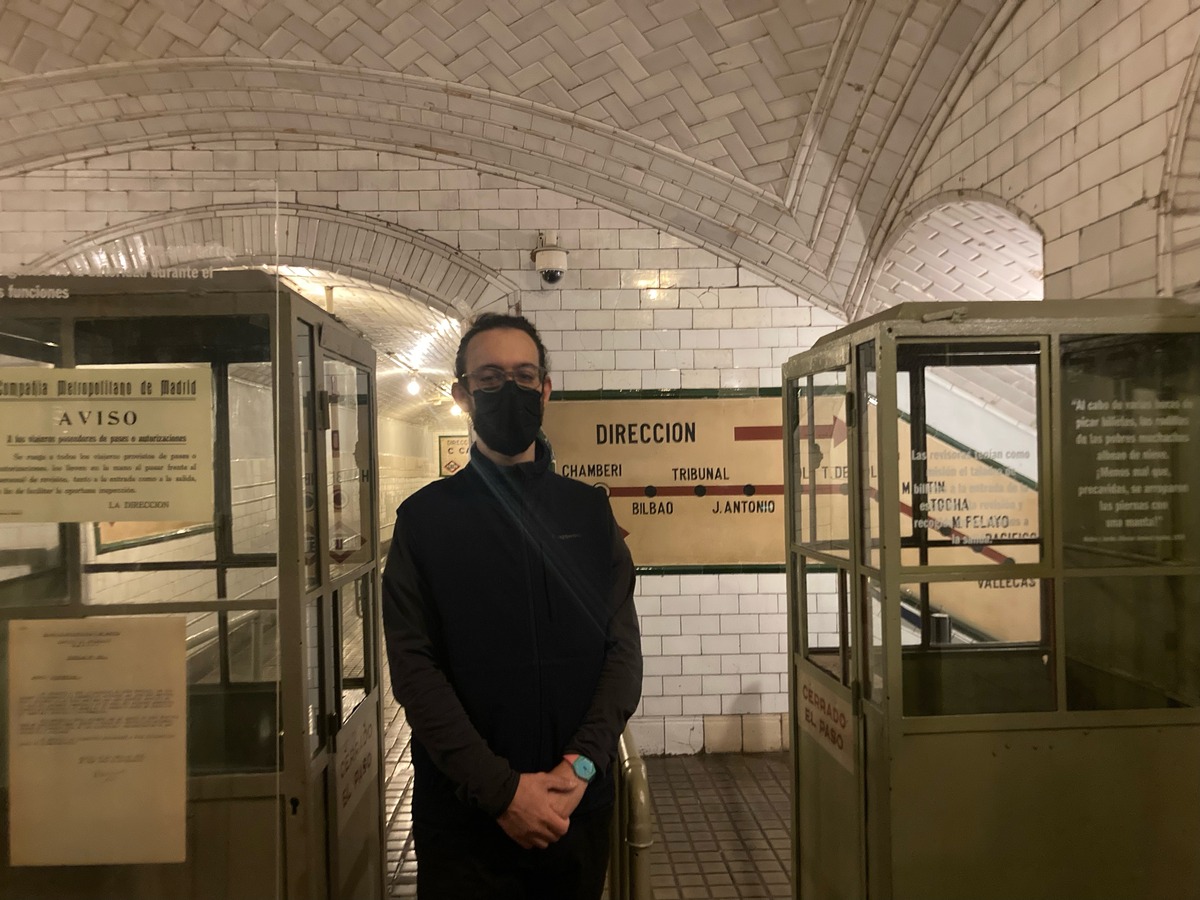The Tour Guide Keeping the Spirit Alive at Madrid's Chamberi Ghost Train Station

Skift Take
Madrid, long known mainly for its architecture, vibrant nightlife, and electric food markets, has the sixth longest metro system in the world. And if you've ever taken a ride on Line 1, particularly between Bilbao and Iglesia, and thought you saw a blurry, abandoned-looking station while peering out the window, you weren't mistaken.
You were looking at the defunct Estación Chamberí, one of Madrid’s first metro stations, which has been converted into a museum for those interested in its extensive history.
Javier Garrido Garde, a Chamberí expert, leads tours throughout the ghost station every Friday, Saturday, and Sunday, and has a lot to say about this mysterious underground space filled with remnants and s
